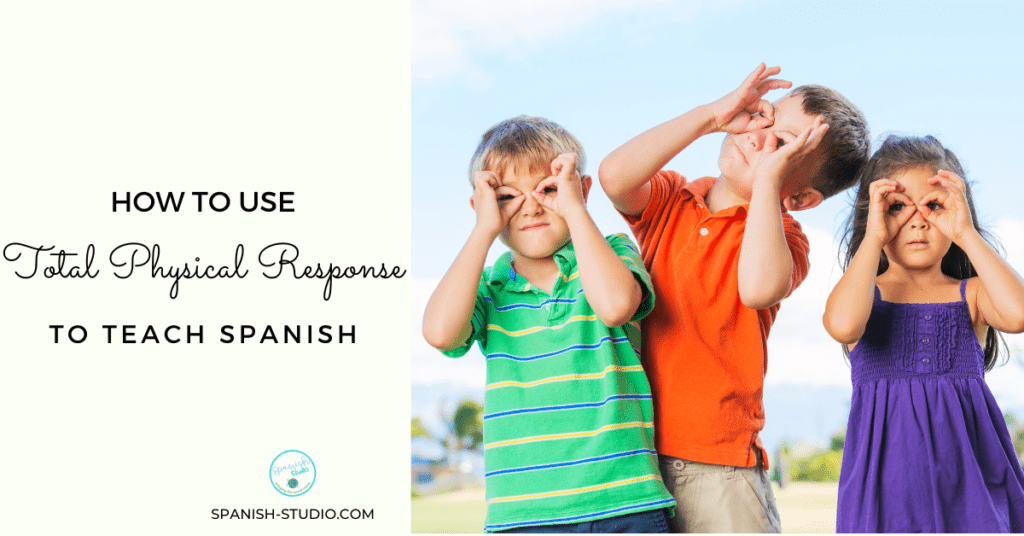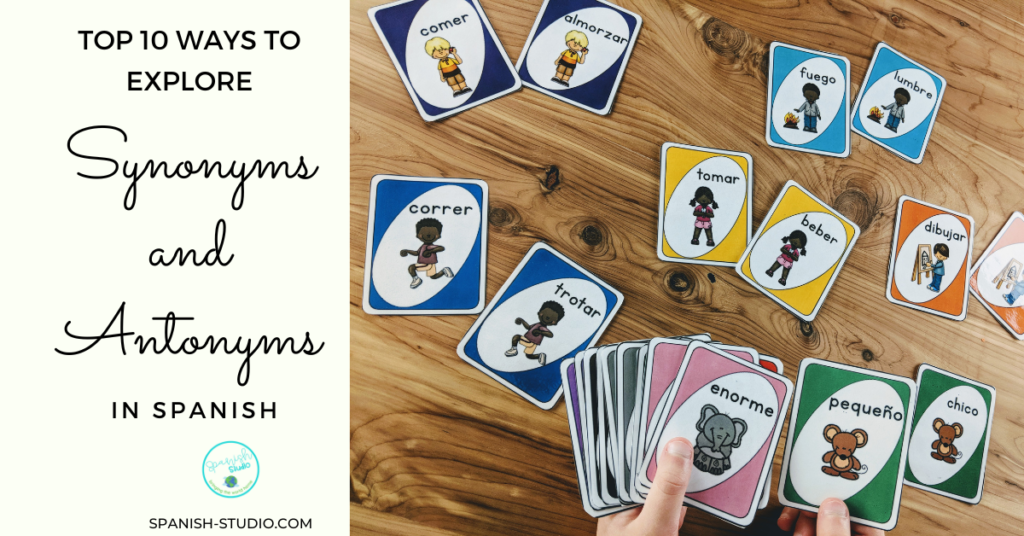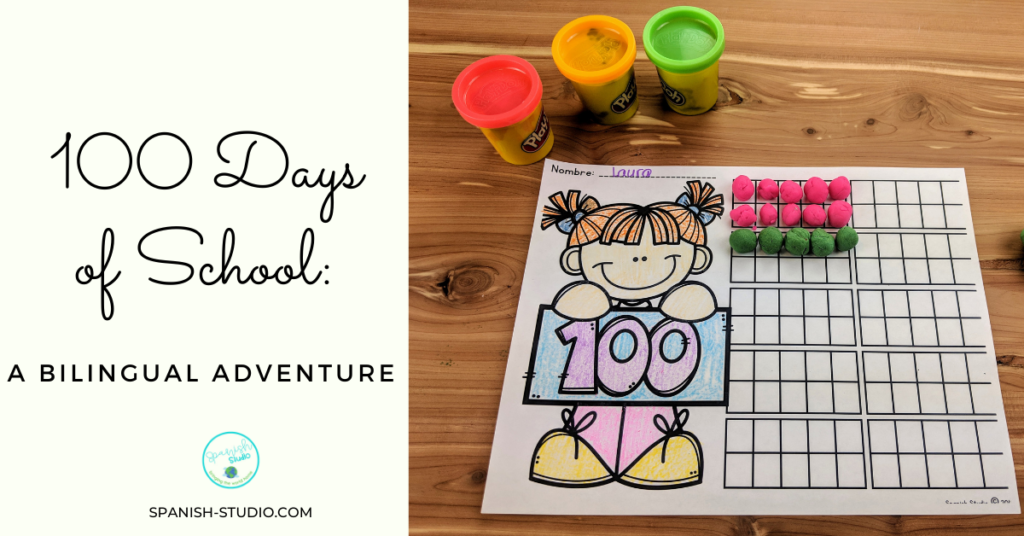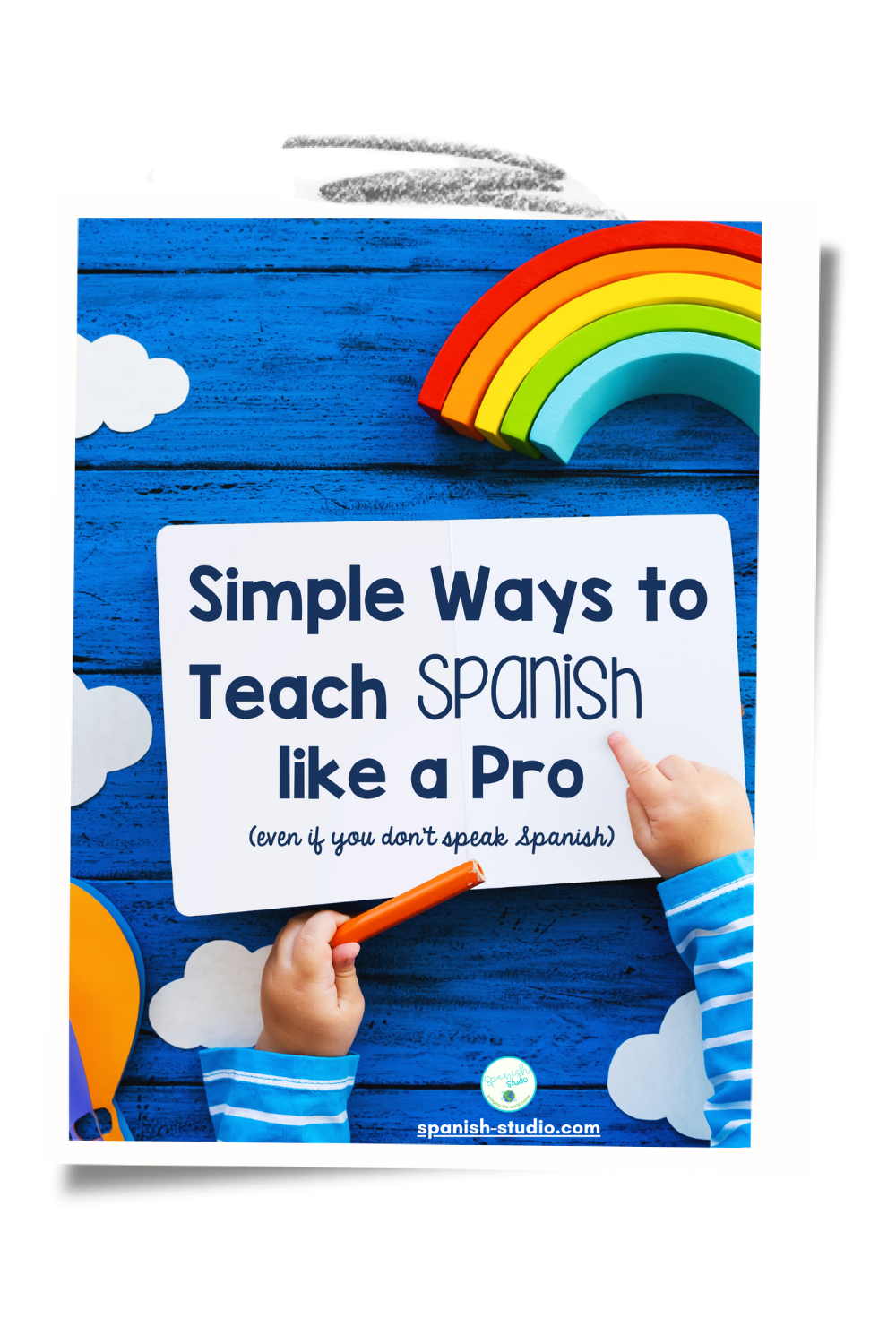Let’s talk about Total Physical Response and why it is important to teach Spanish. Let me start by asking you, have you ever been in a class with a teacher who speaks so fast that you don’t understand a thing? Or in a foreign country trying to figure out what people are saying? How did you feel? Anxious for sure, confused maybe, and definitely like you wanted to run out of there and disappear. That feeling is shared by most Spanish learners when they are exposed to the language for the first time. .
And that’s one of the reasons why using appropriate strategies to teach Spanish will help influence, guide, and develop self-confidence in your students. If you teach them well, you will make a huge impact in their lives.
One of the most important strategies to teach a second language, in this case Spanish, is the use of TPR.
What is TPR?
TPR stands for Total Physical Response. It’s defined as the combination of language and movement to enhance language acquisition. By using movement and language simultaneously, children use both hemispheres of the brain, instead of one. In other words, they double the capacity of retaining the Spanish language in their long-term memory.
Why is it important to use Total Physical Response?
First of all, it has been proven that listening don’t work alone. In order for children to acquire Spanish, they need to be able to connect words, phrases and concepts to an action, gesture or sign to help them ingrain it in their memory.
TPR also helps children understand what you expect from them, reducing the anxiety that causes the unknown. Using TPR also engages students in the learning process.
How to use Total Physical Response?
There are two ways you can integrate TPR when teaching Spanish:
Using Instructional TPR, which basically happens when you give instructions to students by gesturing or signing along with a verbal instruction. For example, if you tell someone to “sit down”, you need to act it out simultaneously. The students will mimic your action, and that’s what you want, a physical and verbal response, even if it’s just repeating.
Using Educational TPR: This happens when you teach concepts. You can use this type of TPR by acting out actions, using props, and visual aids to teach a specific word or concept. Watch this video to see the two forms of TPR in action and get ideas about implementing it in the classroom.
Total Physical Response Games and Activities
It’s important to provide students with ample opportunities to review and practice Spanish. You can do that through different activities and games. Here are a few suggestions:
Simon Says

This is a great game to practice vocabulary with any level students. The idea is to give commands and ask children to follow. Or ask them to perform an action and give them time so they can do it. You can incorporate any kind of vocabulary or content to this game, and it can be played by children of all ages.
Songs
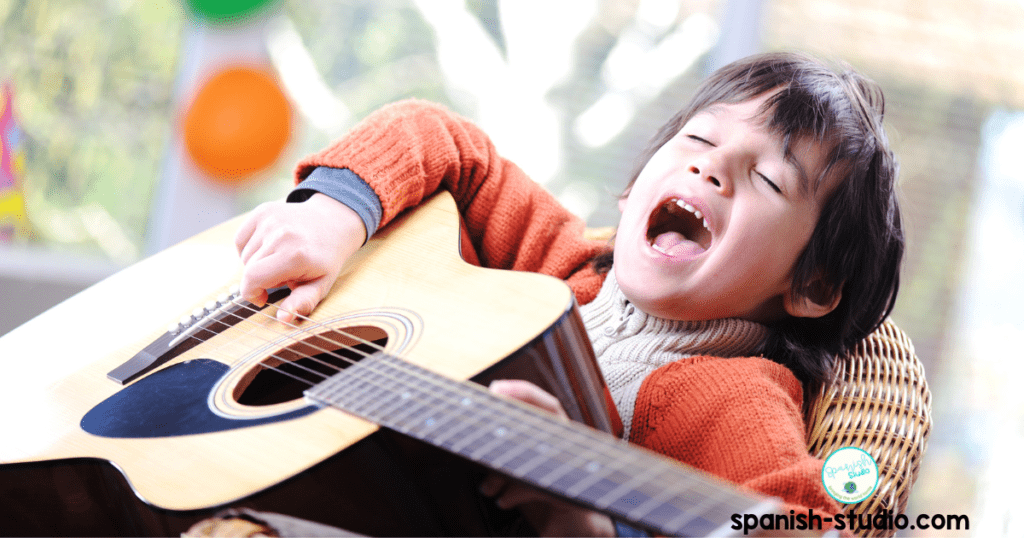
Singing Spanish songs with your kids is a great way to review and practice any concept. Children love to sing, dance and play around. Using songs that integrate specific vocabulary will make it easier for children to remember it, since they enjoy moving and making noise. You can find a variety of songs, depending on your teaching objectives, and incorporate them into your daily lessons.
Charades

Charades is a popular game where a student needs to act out a word or phrase without talking and have the rest of the group guess it. This is an amazing game, not only to review and practice content, but also to work on problem-solving skills, creativity, and develop non-verbal communication skills.
Puppet Show
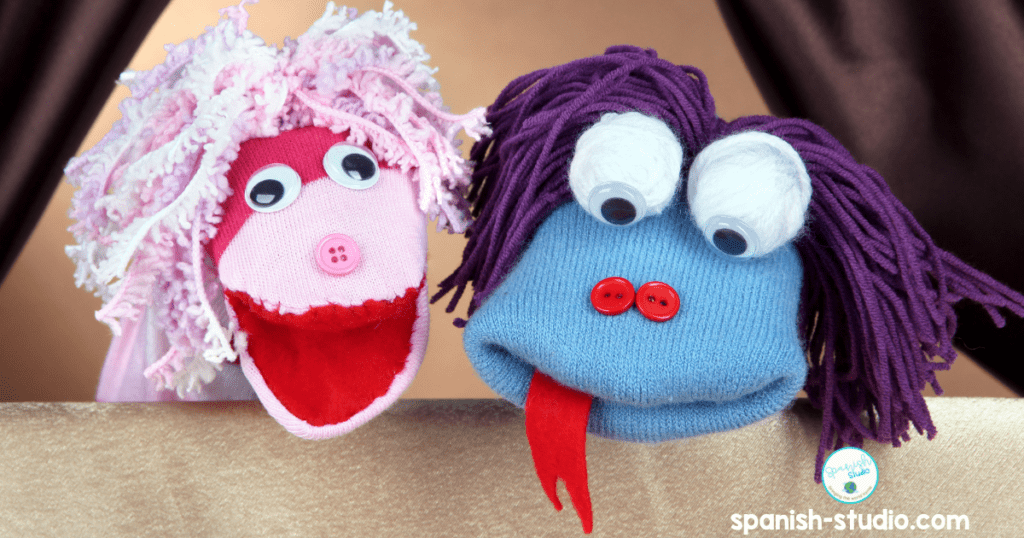
A puppet show is a form of theatrical performance where the puppets impersonate humans actions or animal figures. It’s great to practice language skills, develop creativity, fine motor skills and self-confidence.
Role Play

This is an extraordinary activity to work on communication skills. You can use it with both little children and more advanced students. For the little ones, I give them a scenario and let their creativity shine. For older students, who may have more confidence speaking out loud, I give them specific vocabulary to challenge them in addition to the scenario.
Guess the Mime

This is the TPR version of Pictionary. It’s excellent to work vocabulary and language skills. Children have to guess the action or word being dramatized by another student.
Interested in more?
Download my FREE Guide: “How to Teach Spanish Like a Pro (even if you don’t speak Spanish)”

